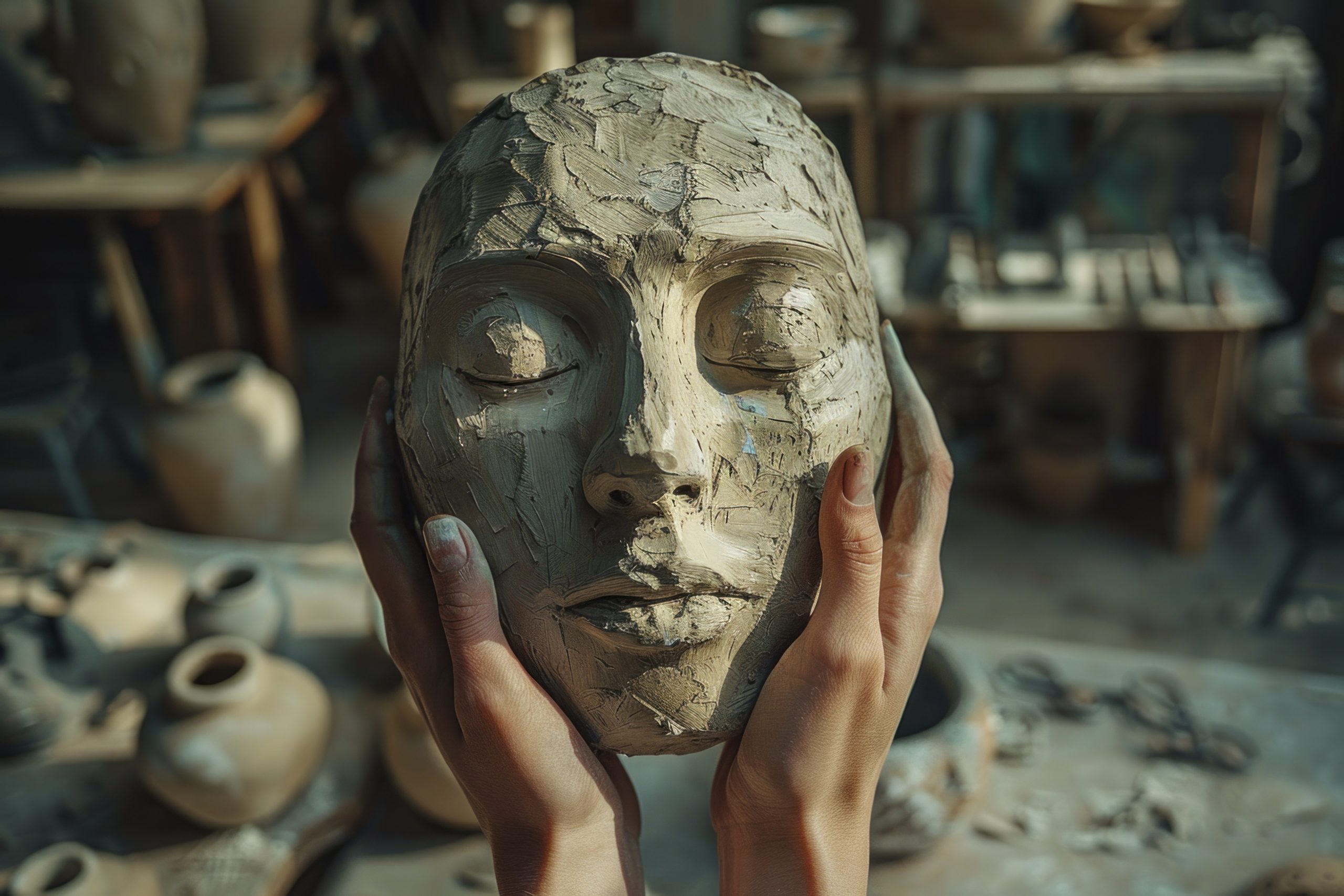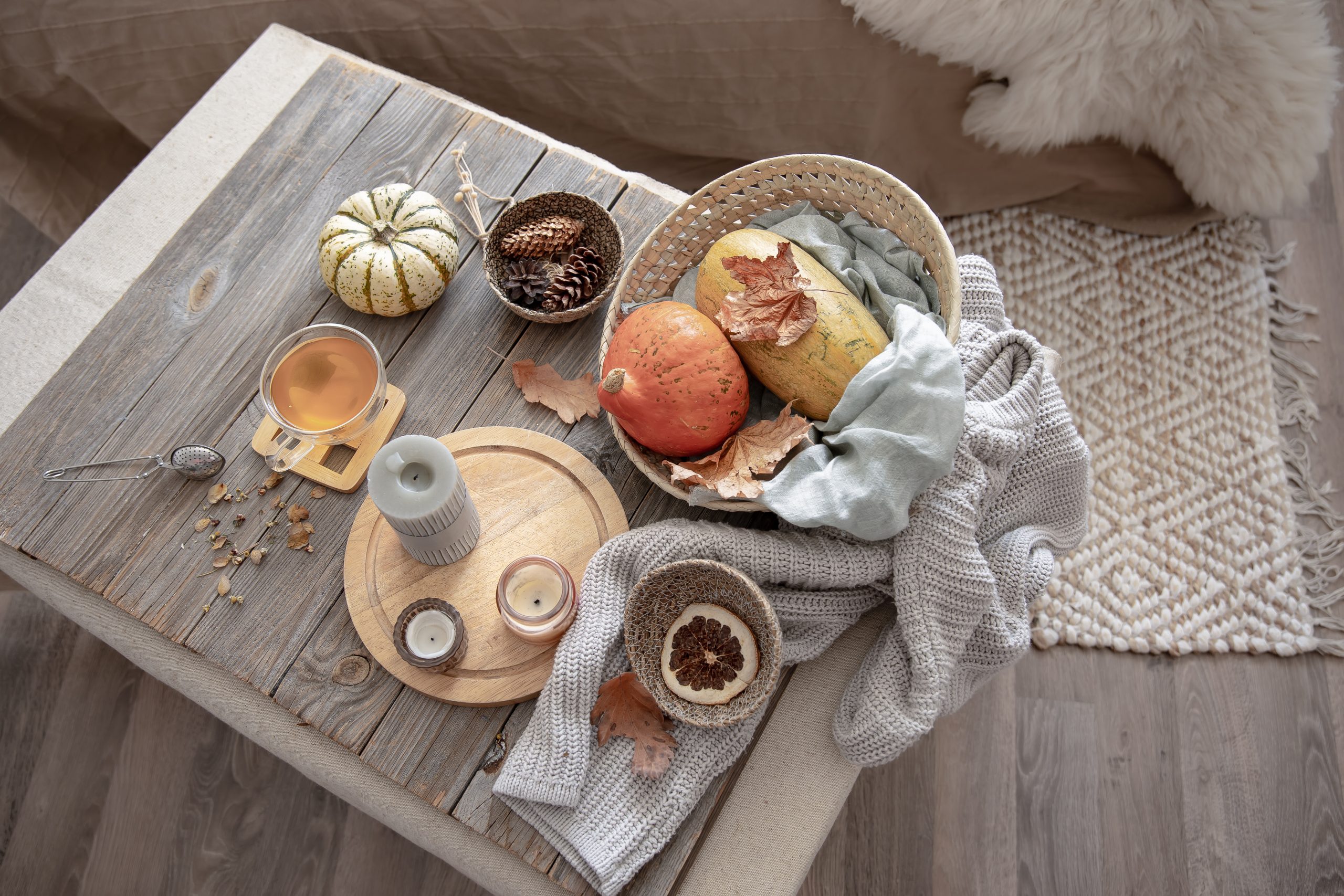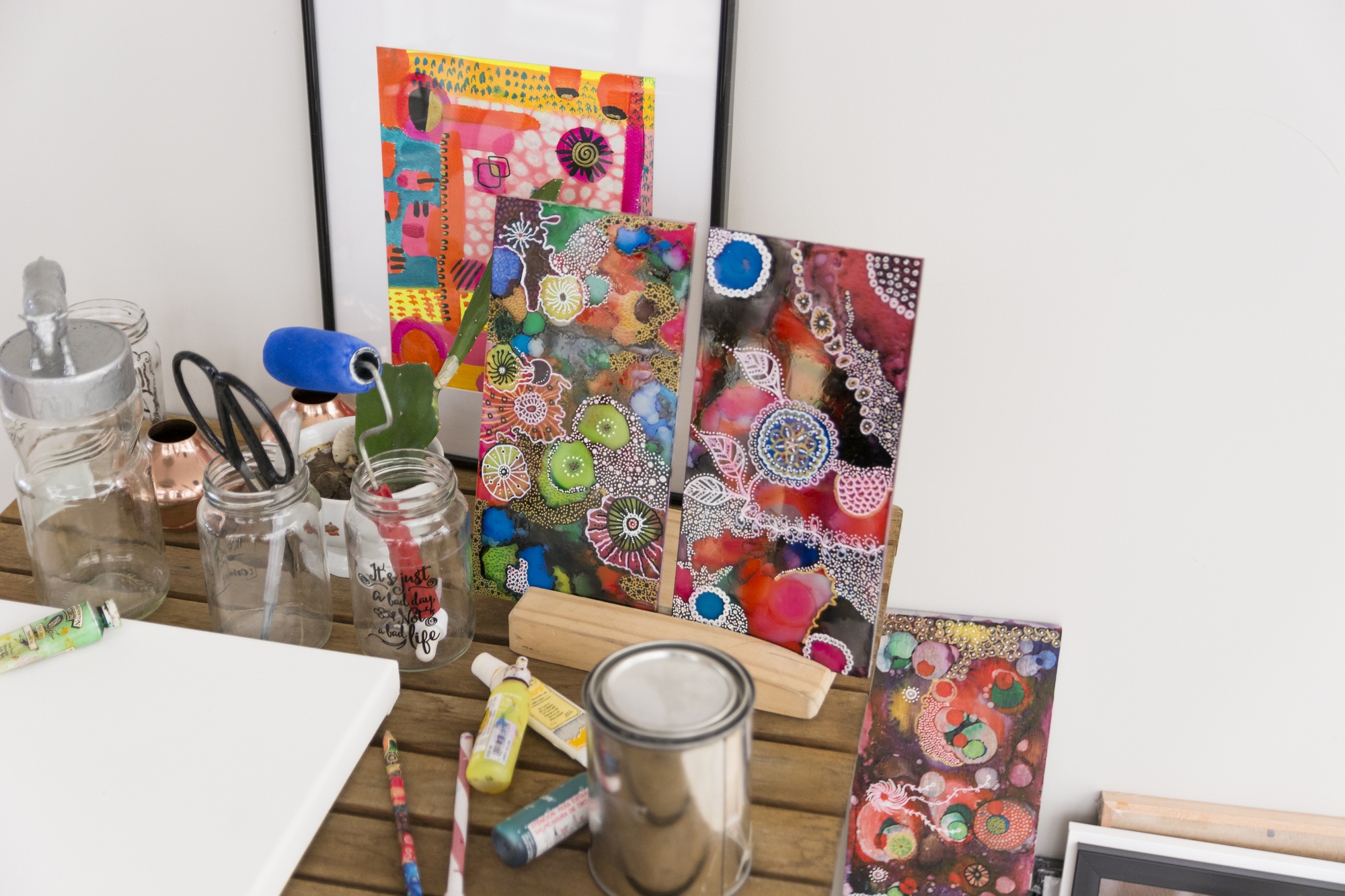Handmade sculptures represent the intersection of artistry, creativity, and skilled craftsmanship. Each piece is a unique creation, shaped by the hands of an artist who pours their passion, vision, and technical knowledge into every curve, texture, and detail. In this article, we’ll dive into the fascinating process behind handmade sculptures and explore the craftsmanship that brings these extraordinary works of art to life.
1. The Importance of Materials
The foundation of any handmade sculpture is the material chosen. Sculptors work with a variety of materials, each of which offers its own challenges and possibilities. Common materials used in handmade sculptures include:
- Clay: Often used for figurative sculptures, clay is moldable and allows for fine details.
- Wood: Carving wood offers a natural, earthy texture and a warm, organic feel to sculptures.
- Stone: Marble, granite, and alabaster are traditional materials for sculpting, often used for their permanence and classic appeal.
- Metal: Metal sculptures are crafted through welding, casting, or forging, giving them a modern, industrial look.
- Resin and Mixed Media: Contemporary artists frequently experiment with resin, glass, and found objects to create one-of-a-kind mixed-media sculptures.
The choice of material plays a crucial role in the final aesthetic and feel of the sculpture, setting the tone for the piece and influencing how the artist can manipulate the medium.
2. The Sculpting Process: From Concept to Creation
Creating a handmade sculpture begins with an idea—a concept that is often sketched out or envisioned in the artist’s mind. Once the idea is formulated, the sculpting process begins, which typically involves the following stages:
- Modeling and Shaping: For materials like clay or wax, this stage involves molding the sculpture’s basic shape, adding layers of material to build up the form.
- Carving: In materials like stone or wood, sculptors use specialized tools to carefully carve away portions of the material to reveal the desired shape. Precision and patience are key at this stage.
- Casting: Some sculptures are created by pouring a liquid material, such as resin or bronze, into a mold. This process can involve both artistic and technical expertise, as the artist must prepare the mold and the material to capture fine details.
- Assembly: In metal or mixed-media sculptures, multiple elements are often welded or glued together. The artist may also use techniques like patinas or paints to finish the piece.
- Finishing Touches: Once the sculpture’s shape is complete, the final touches are made, including polishing, painting, or adding textures. This stage transforms a raw form into a finished artwork.
The process is often time-consuming, requiring not only artistic vision but also a deep understanding of the material’s properties and how they can be manipulated.
3. Tools of the Trade: Sculptor’s Equipment
A sculptor’s toolkit is essential to their craft. Some of the most common tools used include:
- Chisels and Gouges: These sharp tools are used for carving, removing material, and detailing shapes in harder substances like stone and wood.
- Modeling Tools: For clay and other soft materials, artists use specialized modeling tools, such as knives, spatulas, and wire loops, to manipulate the surface.
- Hammers and Mallets: Used in conjunction with chisels, hammers help the artist apply force to break down materials like stone or to shape metal.
- Files and Sandpaper: Once the major work is done, these tools smooth out rough edges and create the final texture on surfaces.
The precision of the tools, combined with the skill of the artist, is what ultimately transforms raw materials into stunning works of art.
4. The Role of Light and Space in Sculptural Art
Sculpture is not just about the object itself—it is also about how the piece interacts with its environment. A sculpture’s relationship to light, shadow, and space is a key aspect of its design.
- Light: The way light plays on the surface of a sculpture can reveal hidden textures and forms. Artists often consider how their work will look under different lighting conditions, whether in a gallery setting or within a home.
- Space: Sculptures are three-dimensional works of art, meaning that the artist must consider the space around the piece. Whether the sculpture is intended to be viewed from all angles or placed in a specific spot, the way it occupies the surrounding space is crucial to its impact.
These considerations add depth and complexity to the finished piece, enhancing the viewer’s experience of the artwork.
5. The Impact of Handmade Sculptures on Art and Culture
Handmade sculptures have long been a vital part of human culture. From ancient stone carvings to contemporary works, sculptures serve as expressions of identity, culture, and creativity. Today, many artists blend traditional techniques with modern influences, creating sculptures that challenge perceptions and provoke thought.
The tactile nature of handmade sculptures also makes them stand out in an increasingly digital world. In an age where so much art is created and viewed on screens, physical sculptures remain a powerful medium that allows viewers to connect on a deeper, more personal level with the art.
Conclusion: The Timeless Craft of Handmade Sculpture
Creating a handmade sculpture is a labor of love that involves artistry, technical skill, and a deep understanding of materials. From the choice of medium to the final touches, each sculpture is a unique piece of craftsmanship that reflects the artist’s vision. Whether displayed in a gallery or in a private collection, handmade sculptures continue to captivate audiences with their beauty, complexity, and timeless appeal.



